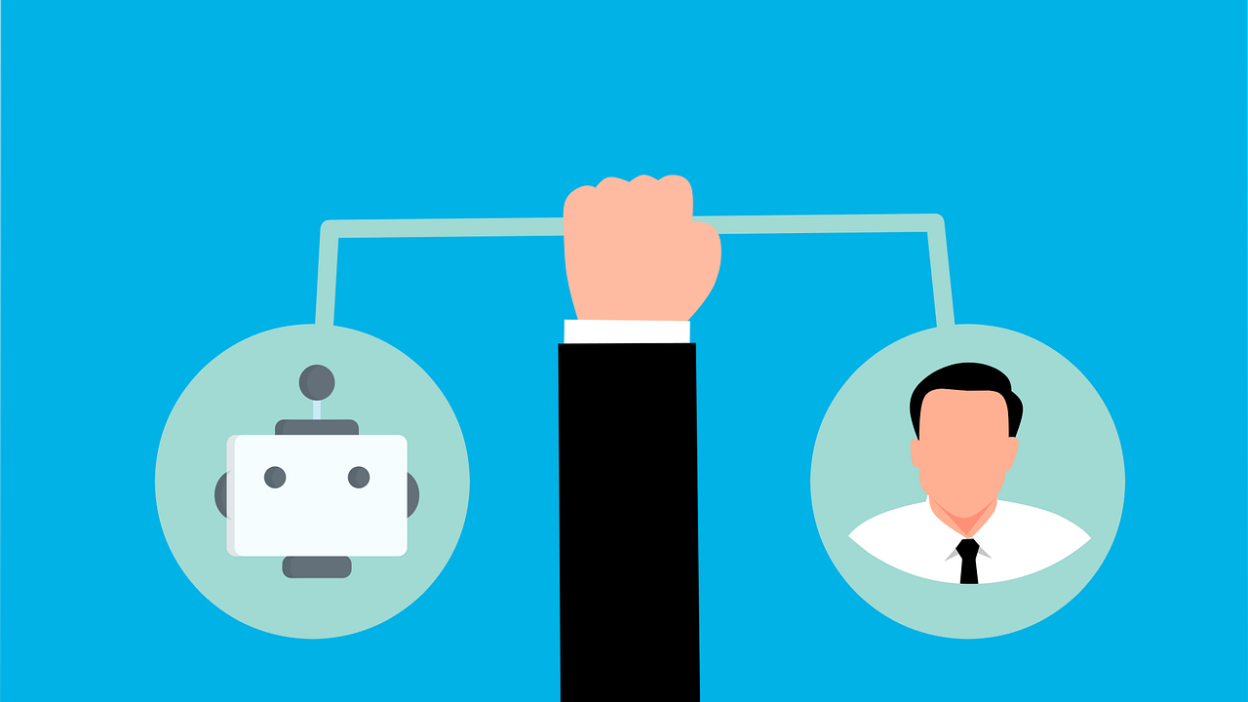Adapt or thrive: Pharmacy’s journey in the digital age.
A Revolution in the Workplace
The pharmacy workplace is in a space driven by the rise of smart technology, automation, artificial intelligence (AI), robotics, and algorithms (STAARA). These tools are changing industries, allowing for greater work efficiencies while challenging traditional roles. In healthcare, and especially in pharmacy, STAARA is at the center of this transformation which balances automation and human values that cannot be replaced such as empathy, communication, and creativity.
Technology in Pharmacy: A Double-Edged Sword
Pharmacy professionals are seeing a workplace where technology offers great advantages but also sparks some uncertainty. In pharmacies, automation can increase efficiency, reduce medication errors, and help to streamline workflows. It also raises many questions about the future of pharmacists’ roles, and job security.
A study conducted in New Zealand explored pharmacists’ perspectives on these changes. The study highlighted how technologies are reshaping the profession, with pharmacists expressing both optimism and concern. While technology promises to free up time for meaningful patient care, some fear it could lead to new administrative loads or lead to over dependence on systems prone to programming errors.
The Key Barriers to Embracing Technology
The study identified three levels of challenges to technology adoption in pharmacy:
- Outdated Regulations. On a macro level, broken health IT organization and slow legislative updates are slowing innovation. Many pharmacists expressed frustration over policies that cannot keep pace with these technological advancements.
- Integration and Reliability. At the organizational level, new systems need to be compatible and flow with existing operations. Issues with electronic prescriptions and system reliability often lead to inefficiencies.
- Workforce Adaptability. On the individual level, pharmacists showed mixed readiness for change. While some embraced new tools, others were hesitant due to time constraints, doubt, or fear of becoming useless.
Technology as a Partner, Not a Replacement
Despite these challenges, there is growing agreement that technology which is carefully integrated will complement pharmacists, not replace them. Automation can improve efficiency, allowing pharmacists to spend more time on patient-centered tasks such as counseling, and clinical decision-making. These aspects of pharmacy cannot simply be replaced by algorithms or robots.
The study also revealed that pharmacists must continue to challenge and upgrade their skills to stay relevant. Many pharmacists are proactively learning programming languages, exploring system informatics, and participating in digital training programs. These efforts are opening new doors, such as expanded roles in vaccination initiatives and interdisciplinary healthcare collaboration.
A Delicate Balancing Act
As technology continues to advance, it is essential to maintain quality patient care through human interaction. While automation can streamline workflows, over-reliance on it could take away from personal interactions and negatively impact outcomes. The key lies in striking the right balance.
The study emphasized the importance of:
- Accurate and user-friendly systems that integrate seamlessly with current practices.
- Education and training programs to empower pharmacists with digital skills.
- Proactive career planning to stay ahead of shifting demands in the healthcare landscape.
The Way Forward
For the pharmacy profession to thrive in a world full of automation, pharmacists must be ready for lifelong learning and adapting to technological changes. Proper digital training is needed to ensure healthcare professionals have the skills they need to succeed. Organizations must also advocate for innovation by removing regulatory and infrastructure barriers.
STAARA technologies are not the enemy. When used wisely, they can enhance pharmacy operations, improve patient safety, and expand pharmacists’ roles, ensuring they continue to remain essential in today’s healthcare.
The Future Is Human-First
The rise of STAARA is reshaping the pharmacy landscape, but it’s clear that the human touch will always be required. By striking a balance between automation with empathy and expertise, pharmacists can take charge of this digital revolution with confidence. The future of pharmacy is not just about machines, it’s about how pharmacists use them to empower better, more personal patient care.
As the digital age unfolds, are you ready to embrace the opportunities STAARA brings? Stay ahead by investing in continuous learning and championing the human side of pharmacy. Only then can we ensure that technology enhances, not overshadows, our profession.





